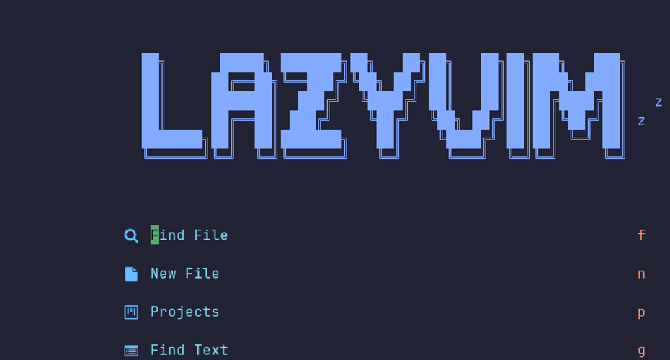Dev
1M
425

Image Credit: Dev
Configuring LazyVim and Python on Windows with WSL
- To configure LazyVim and Python on Windows with WSL, install a package manager like Scoop for various packages and WezTerm for LazyVim support.
- Configure WSL2 with the latest stable Ubuntu LTS installed and install command line prerequisites for tools like NeoVim, LazyGit, gcc, make, fzf, and more.
- Install NodeJS with nvm for the built-in LazyVim package manager and pyenv to manage Python environments, ensuring proper configuration.
- Ready to install LazyVim by backing up Neovim files, cloning a starter, and removing the .git folder before starting Neovim for package installation.
- Check the installation by using :LazyHealth and navigate to LazyVim Extras to install Python IDE and configure plugins for proper functionality.
- Create a test project using pyenv, virtual environment, and pytest package to ensure testing and debugging functionality.
- Verify key features like testing with Neotest, debugging with nvim-dap, and refactoring code within LazyVim.
- Note the limited functionality on Windows for testing and debugging due to potential issues with Windows and Linux runtime differences.
- Consider the lack of support for global Python versions with uv as a Python version manager, requiring a combination of pyenv and uv for optimal performance.
Read Full Article
25 Likes
For uninterrupted reading, download the app